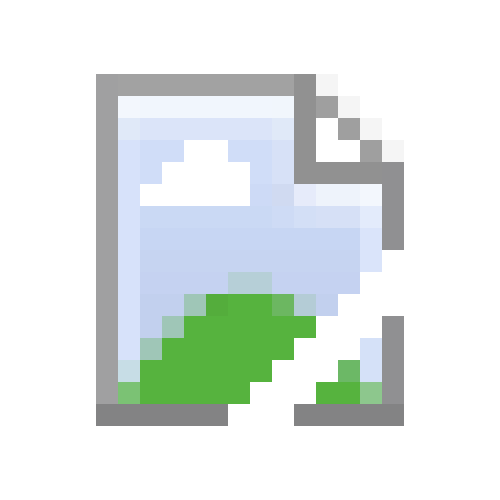

I wonder what the aim is. Trying to get relevant again? I haven’t used Winamp in many many years. I’m a Spotify / YouTube kind of guy now. I drank the koolaid. It’s a little late and things like VLC have a pretty solid offering now, without all gotchas that this will have (such as you apparently can’t call it Winamp and will have to sign away a sacrificial child to actually get the code)











Yes. I literally had to close a bank account to get Planet Fitness to stop charging me.